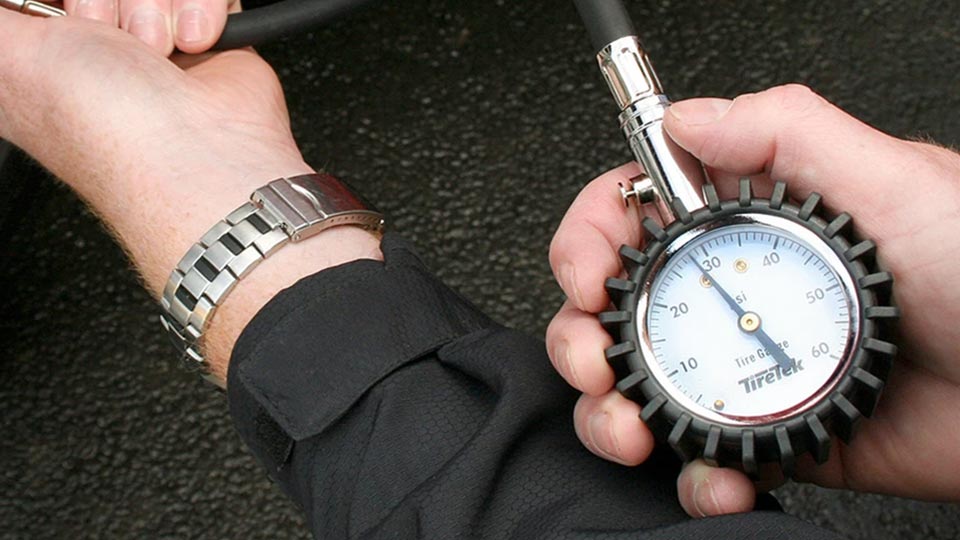
Hey there, speed enthusiasts and karting aficionados! If you’re eager to unlock the secrets of kart racing and gain a competitive edge, understanding tire pressure differences is crucial. Believe it or not, tire pressure can make or break your performance on the track. In this blog post, we’re going to dig deep into the fascinating world of kart racing tire pressure and how those small differences can have a big impact on your racing game.
The Basics of Tire Pressure
Let’s start with the basics, shall we? Tire pressure refers to the amount of air inside the tires, usually measured in pounds per square inch (psi). Maintaining the correct tire pressure is crucial for optimizing your kart’s performance. Too much or too little air can result in an uneven contact patch, affecting traction, handling, and overall speed on the track.
The Goldilocks Dilemma: Finding the Right Pressure
Just like Goldilocks searching for the perfect porridge, finding the right tire pressure is all about balance. You want it to be just right. Too much pressure can cause the kart to be bouncy and lose grip, especially in corners. On the flip side, too little pressure can lead to excessive tire wear, slower lap times, and even overheating.
The Impact on Traction and Grip
Tire pressure directly influences traction and grip, which are paramount in karting. When your tires are underinflated, the contact patch increases, providing more grip. On the other hand, overinflated tires reduce the contact patch, decreasing grip. Striking the perfect balance ensures optimal grip, allowing you to take those corners with confidence and speed.
Balancing Grip and Durability
Finding the sweet spot in tire pressure is also about balancing grip and durability. A slightly higher tire pressure can enhance tire life by minimizing wear and tear, but this shouldn’t come at the cost of losing crucial grip. It’s a delicate dance between longevity and performance that kart racers must master.
Adapting to Track Conditions
Every track is unique, and the tire pressure that works wonders on one track might not be ideal for another. Track conditions, such as temperature and surface type, can affect tire pressure requirements. A hot day might necessitate lower tire pressure, while a cooler day might call for a bit more air to maintain optimal grip and performance.
Fine-Tuning for Racing Success
Kart racing is all about fine-tuning every aspect of your kart for success. Tire pressure adjustments can be made based on your kart’s behavior on the track. If you find your kart struggling for grip in a certain section, a slight tweak in tire pressure might just be the remedy to give you the edge you need.
Experimentation and Feedback
Understanding tire pressure differences is a journey of experimentation and feedback. As you race more and gain experience, you’ll start to notice how small adjustments in tire pressure can translate to significant improvements on the track. Don’t hesitate to experiment and seek feedback from fellow karting enthusiasts to refine your approach.
Tire Pressure Maintenance
Lastly, always prioritize regular tire pressure checks and maintenance. Before each race, ensure your tires are at the desired pressure. Consistent monitoring and adjustments will keep your kart in top racing shape, maximizing your performance potential.
Racing Ahead with Confidence
Armed with the knowledge of tire pressure differences and how they impact karting, you’re ready to hit the track with newfound confidence. Remember, kart racing is not just about speed; it’s about strategy and understanding every element that contributes to your success on the asphalt.
